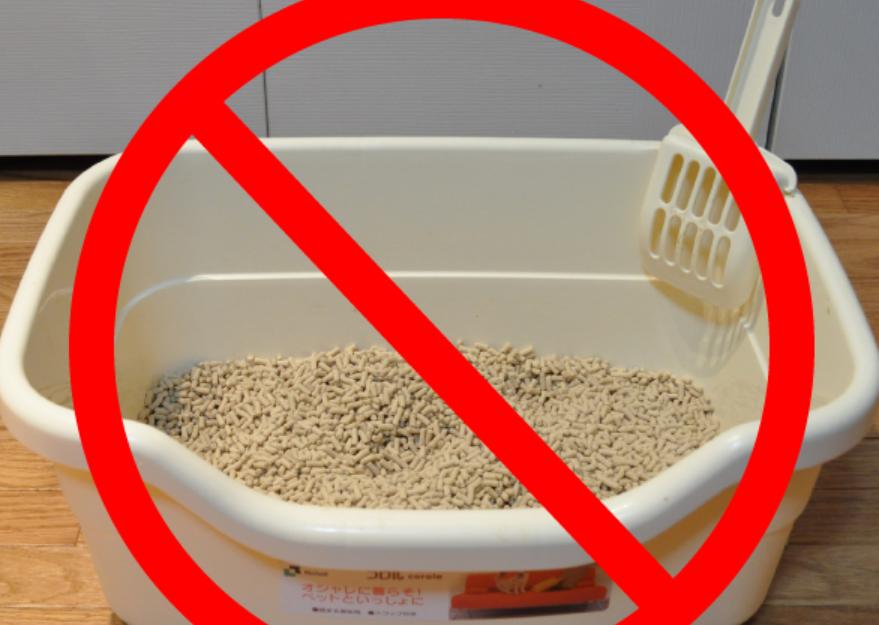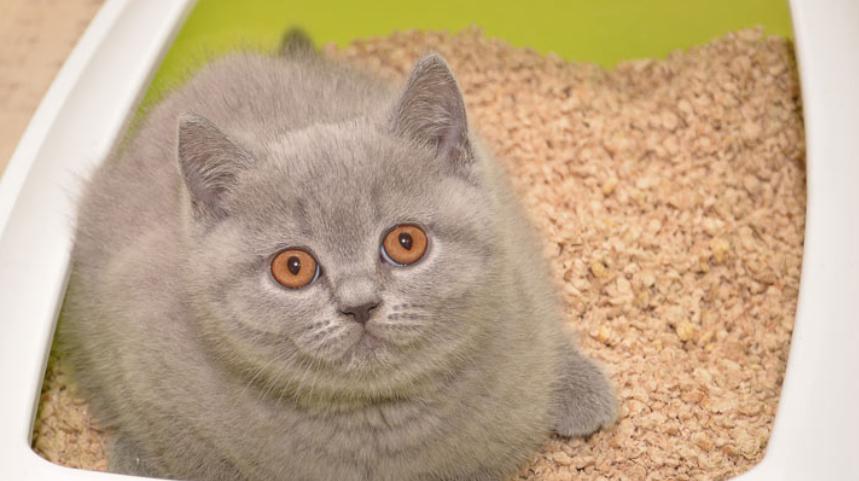When it comes to maintaining your cat’s litter box, understanding how much cat litter to put in box is crucial for both absorption and cleanliness. The right amount of litter directly impacts your cat’s comfort, the control of odors, and the effectiveness of moisture absorption. Too little litter can cause waste to accumulate at the bottom, while too much can result in unnecessary mess when your cat digs or steps out of the box.Finding the perfect balance depends on the type of litter, the size of the box, and your cat’s preferences. Whether you’re a new cat owner or just looking to improve your litter box setup, knowing exactly how much cat litter to put in box can make a huge difference in maintaining a fresh and clean environment for your pet.

Why Does the Right Amount of Cat Litter Matter?
Preventing Overfilling or Underfilling the Box
Overfilling or underfilling a litter box can create problems for both you and your cat. When you add too much litter, it can cause overflow and make it harder to clean. Cats also tend to kick out excess litter when digging, creating a bigger mess around the box. On the other hand, if you don’t use enough litter, waste may stick to the bottom of the box, making it more difficult to clean and resulting in unpleasant odors.
Ensuring Odor Control and Absorption
The amount of cat litter you put in the box affects how well it controls odors and absorbs moisture. Litter is designed to trap odors and soak up liquid waste, so using the right amount ensures that it performs effectively. If there’s not enough litter, the urine can pool at the bottom, releasing strong odors and making the box smell unpleasant. Adding the right amount of litter allows for better moisture absorption and odor control, creating a cleaner space for your cat.
Balancing Cat Comfort and Cleanliness
Cats are naturally clean animals and will refuse to use a dirty or uncomfortable litter box. If the litter is too shallow, your cat may not feel comfortable digging or covering their waste, which can lead to issues with them using the box. Having an appropriate amount of litter ensures your cat feels comfortable while also making it easier to clean up after them.
How Much Cat Litter to Put in Box for Optimal Absorption?
The Ideal Depth for Different Types of Litter
Different types of cat litter have varying requirements for how deep they should be. Clumping litter typically requires about 2 to 3 inches of depth to absorb liquid and form clumps effectively. Non-clumping litter, however, might need 3 to 4 inches to handle moisture and odor control properly. Specialty litters, like crystal or silica, might have specific depth recommendations on their packaging, but they usually function best with around 2 inches. Always consider the type of litter you’re using when deciding how much to fill the box.
Recommended Amount of Litter for Various Cat Sizes
The size of your cat also affects how much cat litter you should put in the box. Larger cats generally require more litter because they produce more waste. For small to medium-sized cats, 2 to 3 inches of litter will suffice. Larger cats may benefit from 3 to 4 inches of litter to ensure proper absorption and comfort. The litter box size also plays a role; ensure that the litter depth is consistent with your cat’s needs and doesn’t result in overfilling or underfilling.
Factors That Affect How Much Litter You Need
Several factors influence how much litter you should put in the box, including the frequency of cleaning and the number of cats you have. If you clean the box regularly, you may not need to use as much litter. However, multi-cat households require more litter to handle the increased waste. Cats that use the box more frequently might also need more litter for better absorption and odor control. Monitoring your cat’s behavior and adjusting accordingly will help you maintain the optimal amount of litter.

What Happens If You Use Too Much or Too Little Litter?
Consequences of Using Too Much Litter
Using too much litter can lead to a range of problems. First, cats may kick out excess litter when they dig, creating a mess around the box that you’ll need to clean up. Too much litter can also prevent proper clumping, especially with clumping litter types. The clumps may break apart when your cat digs, making it more difficult to remove waste and maintain cleanliness. Additionally, overfilling the box increases the likelihood that your cat will track litter outside the box, spreading it around your home.
Problems from Using Too Little Litter
On the flip side, using too little litter causes waste to accumulate at the bottom of the box, making it harder to clean. The lack of sufficient litter can also allow urine to pool at the base, creating strong odors and reducing the effectiveness of odor control. Your cat may feel uncomfortable using a box with too little litter, leading to litter box avoidance or incomplete covering of waste, which further contributes to the smell. Ensuring the right amount of litter keeps the box clean and welcoming for your cat.
How Often Should You Refill the Litter Box?
Refilling the litter box regularly is essential for maintaining cleanliness and preventing odors. How often you refill the box depends on the number of cats, the type of litter, and how often your cat uses the box. For single-cat households, you should aim to top off the litter once a week, adding more if the depth falls below the recommended level. In multi-cat homes, you might need to refill more frequently, every few days or even daily, to keep up with the increased waste. It’s also important to completely change the litter every 2 to 4 weeks to ensure optimal cleanliness and odor control.
Conclusion
Knowing how much cat litter to put in box for optimal absorption is key to keeping both you and your cat happy. The right amount ensures effective moisture absorption, odor control, and comfort for your cat. By following the guidelines for litter depth based on the type of litter and the size of your cat, you can maintain a clean and pleasant environment.Overfilling and underfilling the litter box can lead to problems like mess, odor, and discomfort for your cat, so it’s important to find the balance that works best for your household. Regularly refilling the box and monitoring its cleanliness will ensure your cat has a comfortable, clean space to use. With these tips, you can make sure your litter box stays fresh and functional.
FAQ
How often should I completely change the cat litter?
It’s recommended to change the litter completely every 2 to 4 weeks, depending on the type of litter and how often it’s used. For multi-cat households, changing it more frequently is beneficial.
Can too much litter cause problems for my cat?
Yes, using too much litter can cause your cat to kick it out of the box, creating a mess. It can also prevent proper clumping, making it harder to clean the box.
What’s the best type of cat litter for optimal absorption?
Clumping litter is typically the best for optimal absorption as it forms clumps that are easy to remove, helping maintain a clean and odor-free box. However, the type of litter also depends on your cat’s preferences.
